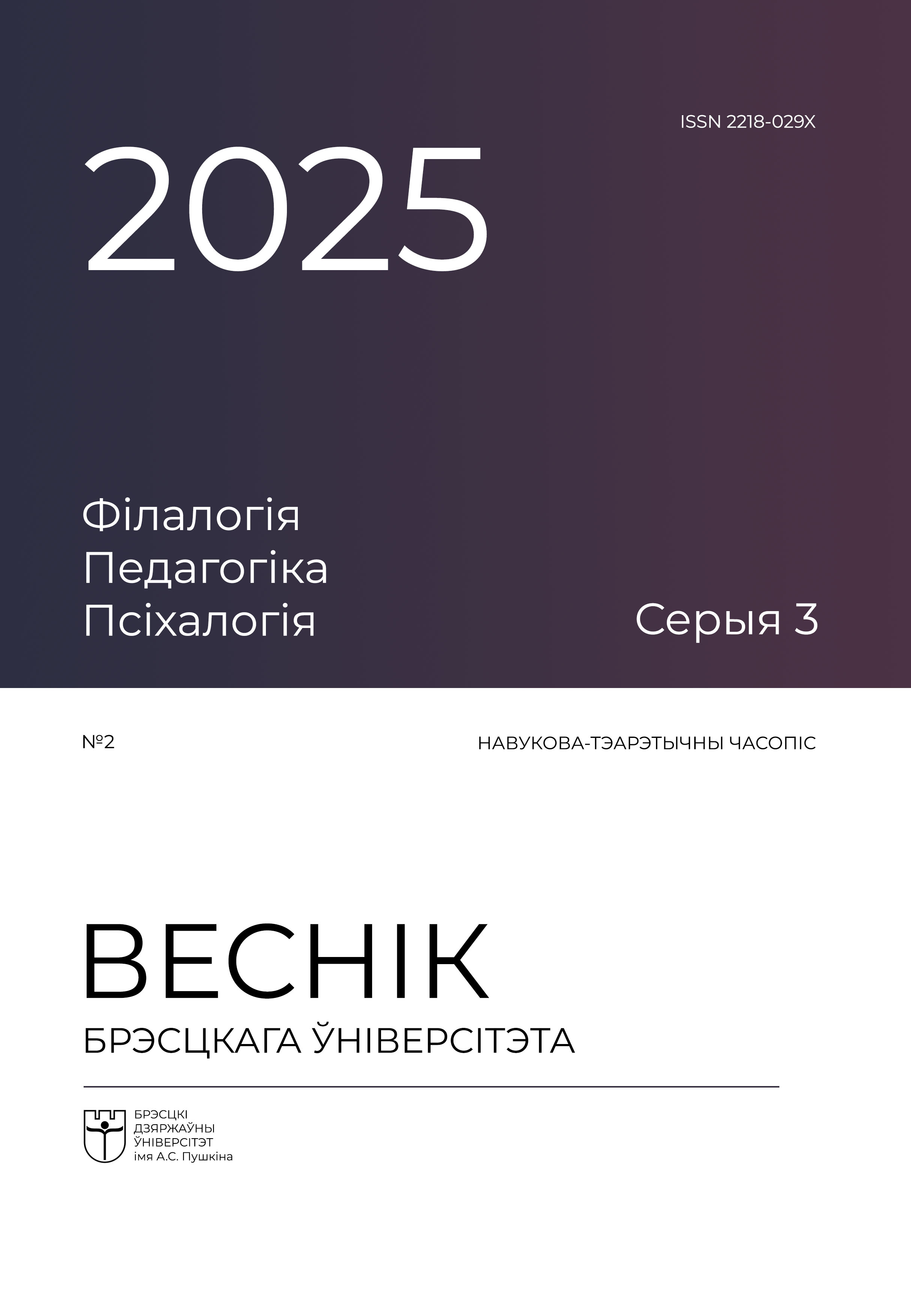REPRESENTATION OF LOVE AND FAMILY RELATIONSHIP MODELS IN BELARUSIAN AND CHINESE LINGUISTIC CULTURES
Main Article Content
Abstract
In the context of globalization, linguacultural studies gain particular importance by facilitating the understanding of cultural specificities. This research compares models of love and family relationships in Belarusian and Chinese linguistic cultures through the analysis of phraseological units and proverbs. Key role models («lover – beloved», «husband – wife», «parents – children») have been identified, along with their cultural specifics: the Belarusian models reflects Christian traditions with an emphasis on choice and pragmatism, while the Chinese model embodies Confucian norms with hierarchy and symbolic imagery. Both universal features (the importance of family harmony, respect for parents) and cultural differences (the role of social status, gender stereotypes) have been determined.
Article Details
References
1. Лепешаў, І. Я. Слоўнік фразеалагізмаў беларускай мовы : у 2 т. / І. Я. Лепешаў. – Мінск : Беларус. энцыкл. імя Петруся Броўкі, 2008. – 2 т.
2. Санько, З. Малы руска-беларускі слоўнік прыказак, прымавак і фразем / З. Санько. – Мінск : Навука і тэхніка, 1991. – 58 с.
3. Готлиб, О. М. Китайско-русский фразеологический словарь : ок. 3500 выражений / О. М. Готлиб, Му Хуаин. – 2-е изд., стер. – Иркутск : Изд-во ИГУ, 2019. – 596 с.
4. Карасик, В. И. Языковой круг: личность, концепты, дискурс / В. И. Карасик. – Волгоград : Перемена, 2002. – 477 с.
